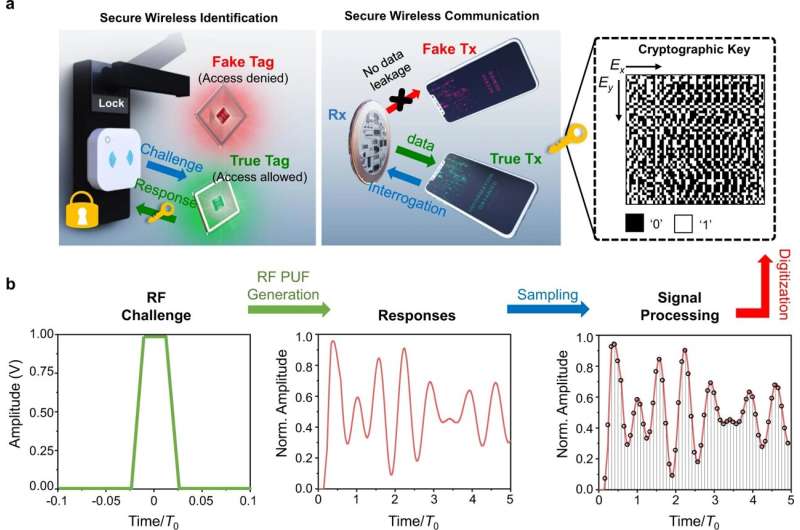Researchers at the University of Illinois Chicago have developed a quantum physics-inspired method to enhance wireless device identification and safeguard device-to-device communication.

Ensuring privacy and preventing theft in wireless communication relies heavily on the security of devices, ranging from access cards and key fobs to Bluetooth speakers. However, these tools are not completely immune to breaches despite their importance. It’s concerning that information on how to hack, clone, and bypass these systems is becoming increasingly accessible.
Computer engineers at the University of Illinois Chicago have created a method inspired by quantum physics to improve wireless device identification and protect device-to-device communication. The researchers identified a “divergent exceptional point” using quantum physics theory in math-based experiments. Quantum physics has uncertain measurement systems with quantum states containing exceptional points for maximum uncertainty, which is useful for cryptography.
The team have developed a mathematical technique to detect exceptional points in RFID systems. These systems store encrypted keys in memory chips, which are susceptible to attack due to their limited size. They have produced RFID lock-and-tag devices that use the exceptional point algorithm to generate secure signals. Due to the unique fingerprint of each device arising from fabrication variations, maximized uncertainty at the exceptional point provides additional security. As per the researchers, a device’s key cryptography structure creates a unique signal, just like a person’s voice.
After numerous simulations, no identical digital fingerprints were found that passed randomness tests and machine learning-based attacks by the National Institute of Standards and Technology. The team of researchers successfully utilized the exceptional point theory to create a new circuit that greatly enhances the electromagnetic physically unclonable function’s uniqueness, randomness, and robustness. The analog Physically unclonable function’s (PUF’s) lightweight and robust structure may lead to various unforeseen applications in radio-frequency fingerprinting and wireless communications for security and anti-counterfeiting purposes. The team demonstrated the enhanced security of a wireless identification system by designing the Radio Frequency (RF) circuit around the exceptional point and using the standard Printed Circuit Board (PCB) fabrication process for low-cost mass production.
The researchers believe that the low-cost and versatile technology can benefit mass-produced products, like key cards and near-field communication devices, that are vulnerable to hacks.
Reference : Minye Yang et al, Spectral sensitivity near exceptional points as a resource for hardware encryption, Nature Communications (2023). DOI: 10.1038/s41467-023-36508-x






